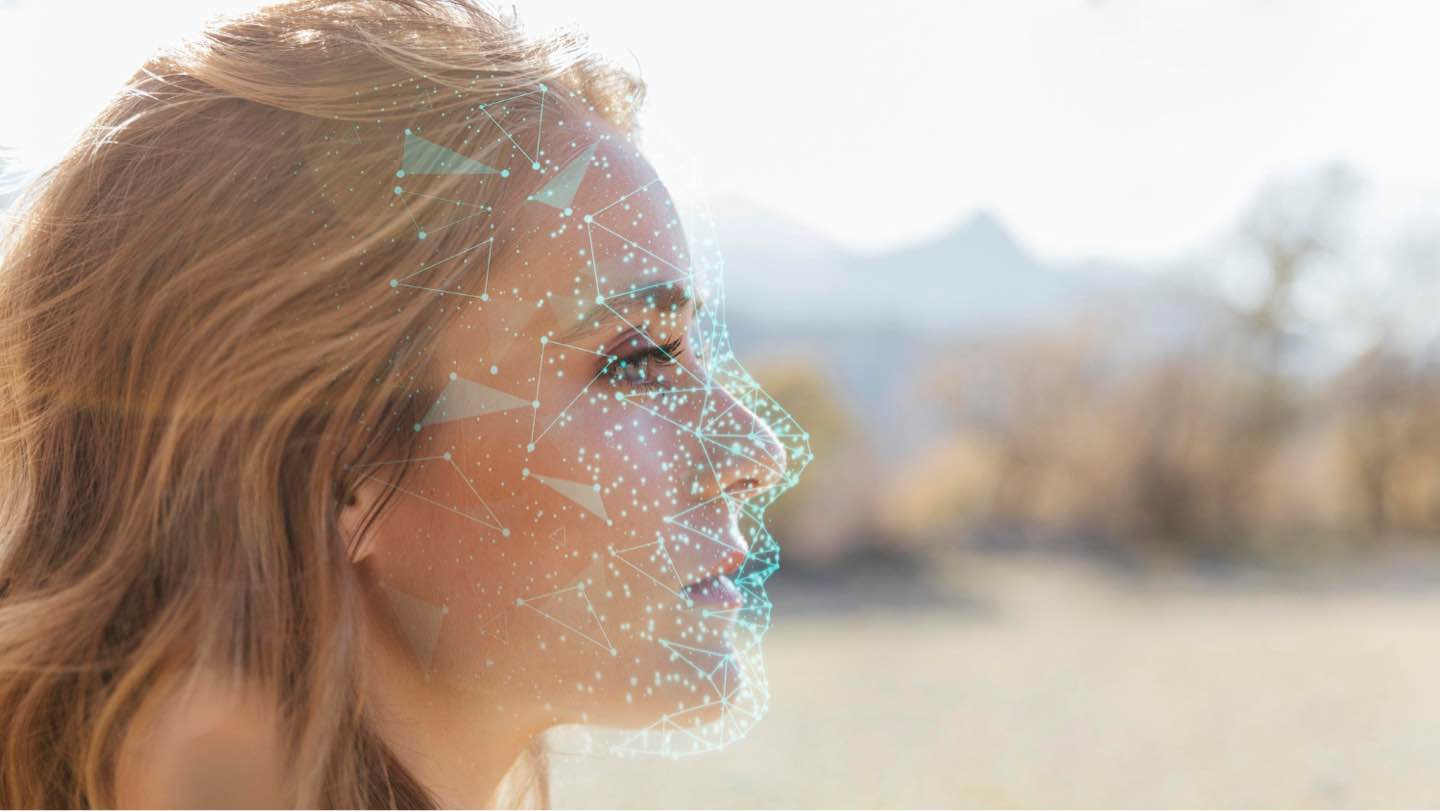Strengthened Cooperation on Security: US Requests Enhanced Access to Norwegian Biometric Databases
In a recent development highlighting the ongoing collaboration between the United States and Norway in matters of immigration and security, there has been a formal request from the US authorities seeking to obtain a more lenient protocol for conducting biometric database searches in Norway. This move underscores the importance of shared intelligence in tackling border security challenges.
The Significance of Biometric Data
Biometrics, regarded as one of the most secure forms of verification owing to its uniqueness to each individual, involves the utilization of personal attributes such as fingerprints and facial recognition to confirm identities. The Norway biometric databases stand as a crucial tool in maintaining national safety and managing immigration effectively.
US Access to Norwegian Biometrics: A Matter of Security
The recent proposition by the US reflects a quest to strengthen their ability to ensure the safety of their borders by gaining expedited access to Norwegian biometric data. This request is aimed more specifically at ensuring a comprehensive evaluation of visitors upon arrival, thus enhancing the scrutiny process to prevent any unlawful entry that could compromise security.
Potential Benefits Envisaged:
- Quicker and more efficient background checks
- Real-time access to vital biometric information
- Strengthening of international security cooperation
Biometric Database Searches by US Authorities: A Collaborative Effort
The practice of biometric database searches by US authorities is part of a larger framework of international efforts that seek to leverage technological advancements for improved security measures. Identifying and addressing potential threats among international travelers is a shared goal for both the United States and Norway.
Ensuring the Proper Use of Biometric Information
While the request from the US underscores a mutual commitment to security, it simultaneously raises questions about data privacy and the safeguarding of individual rights. Discussions about the appropriate mechanisms for data access and use are naturally to be expected, as both nations seek to balance security prerogatives with privacy protections.
Further Information and Resources
For individuals seeking more information on the subject of biometric data and immigration, the following official government sources provide transparent and authoritative insights:
- Norwegian Directorate of Immigration (UDI)
- The U.S. Department of Homeland Security – Biometric Identification
These resources offer a comprehensive view of the practices and regulations currently in place, and they underscore both governments’ commitment to upholding secure and principled immigration protocols.
In Conclusion
The US’s request for increased access to Norway’s biometric databases hints at the evolving nature of global security dynamics. As these discussions advance, stakeholders will watch closely to ensure that the shared objectives of national security and personal privacy are both met and respected.
Learn Today:
Glossary or Definitions:
- Biometrics: The use of personal attributes, such as fingerprints, facial recognition, or other unique characteristics, to verify and confirm the identity of individuals.
- Biometric Databases: Digital repositories that store and manage biometric data, such as fingerprints or facial images, to facilitate identity verification and authentication processes.
-
Border Security: The measures and practices implemented by a country to safeguard its borders, prevent illegal entry, and ensure the safety and security of its citizens.
-
Shared Intelligence: The exchange and collaboration of information between countries or agencies to enhance security efforts and address shared challenges.
-
Lenient Protocol: A more flexible or streamlined procedure for conducting biometric database searches, allowing for easier and expedited access to relevant information.
-
Visitor Evaluation: The process of assessing and examining individuals who enter a country to ensure compliance with immigration laws, prevent unlawful entry, and identify potential security risks.
-
Unlawful Entry: The act of entering a country without proper authorization, documentation, or compliance with immigration regulations.
-
International Security Cooperation: Collaborative efforts and mutual assistance between countries to address security threats and challenges that transcend national boundaries.
-
Background Checks: Investigation and examination of an individual’s personal, criminal, and immigration history to assess their eligibility for certain privileges, such as visas or other immigration benefits.
-
Real-time Access: Immediate or instantaneous retrieval of accurate and up-to-date information, such as biometric data, without delays.
-
Data Privacy: The protection and control of personal information collected or stored by organizations, ensuring that individuals have control over the use and disclosure of their data.
-
Safeguarding of Individual Rights: The protection and preservation of fundamental rights, such as privacy, liberty, and freedom from arbitrary interference, while ensuring the security and safety of a nation.
-
Data Access and Use Mechanisms: Procedures, protocols, and frameworks that dictate how biometric data can be accessed, used, stored, and shared, while ensuring compliance with legal and ethical standards.
-
Stakeholders: Individuals, organizations, or entities that have a vested interest or are directly affected by a particular issue or development, such as policymakers, immigration agencies, or civil society groups.
-
Principled Immigration Protocols: Immigration procedures and practices that adhere to ethical, legal, and human rights standards while maintaining security and managing the movement of people across borders.
So there you have it, a glimpse into the strong cooperation between the US and Norway when it comes to security and immigration. With the request for enhanced access to Norwegian biometric databases, both countries are working together to ensure safer borders. If you want to dive deeper into this fascinating topic, make sure to visit visaverge.com for more information and insights. Happy exploring!
This Article in a Nutshell:
In a bid to bolster border security, the US has asked Norway for enhanced access to their biometric databases. Biometric data, like fingerprints and facial recognition, is crucial for identifying individuals. This move aims to streamline background checks and strengthen international cooperation on security. Both privacy and security concerns must be addressed.














